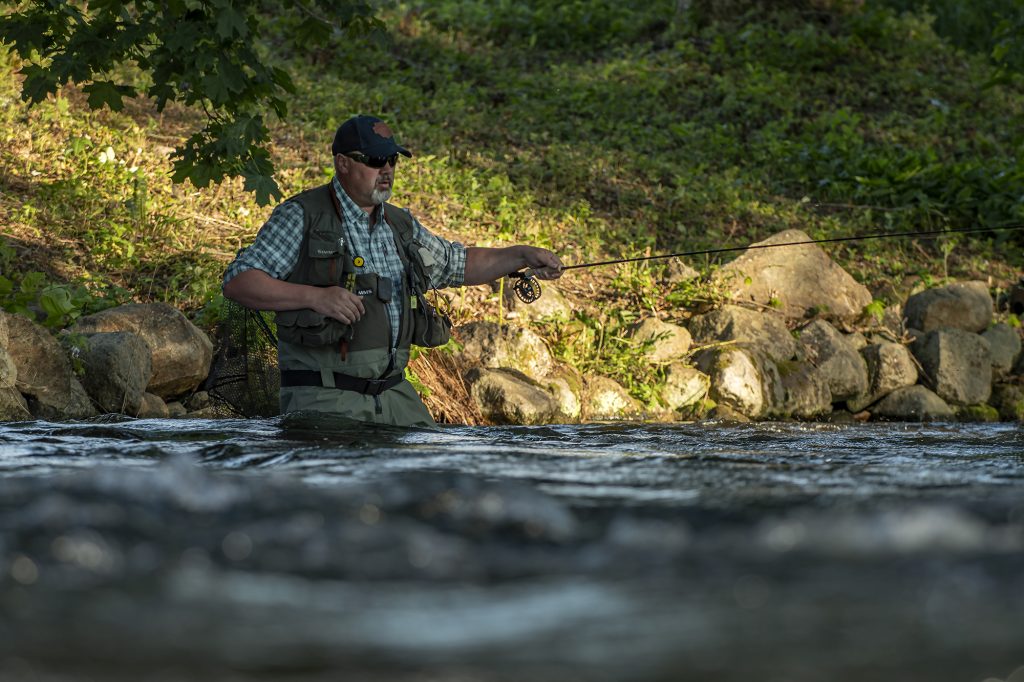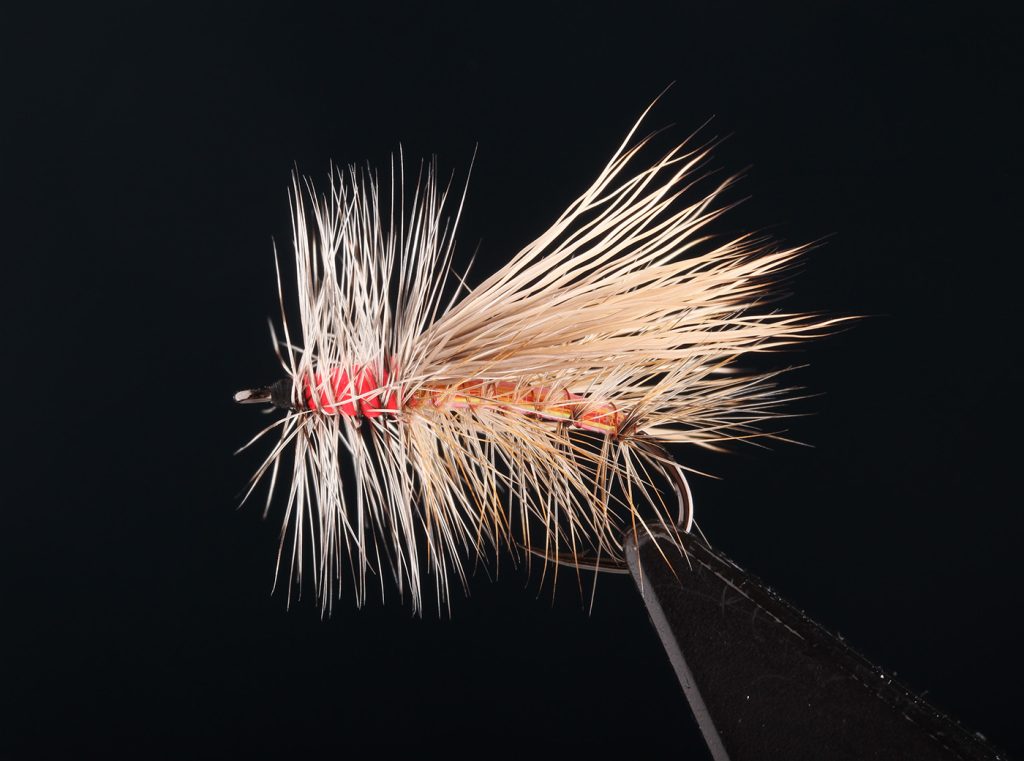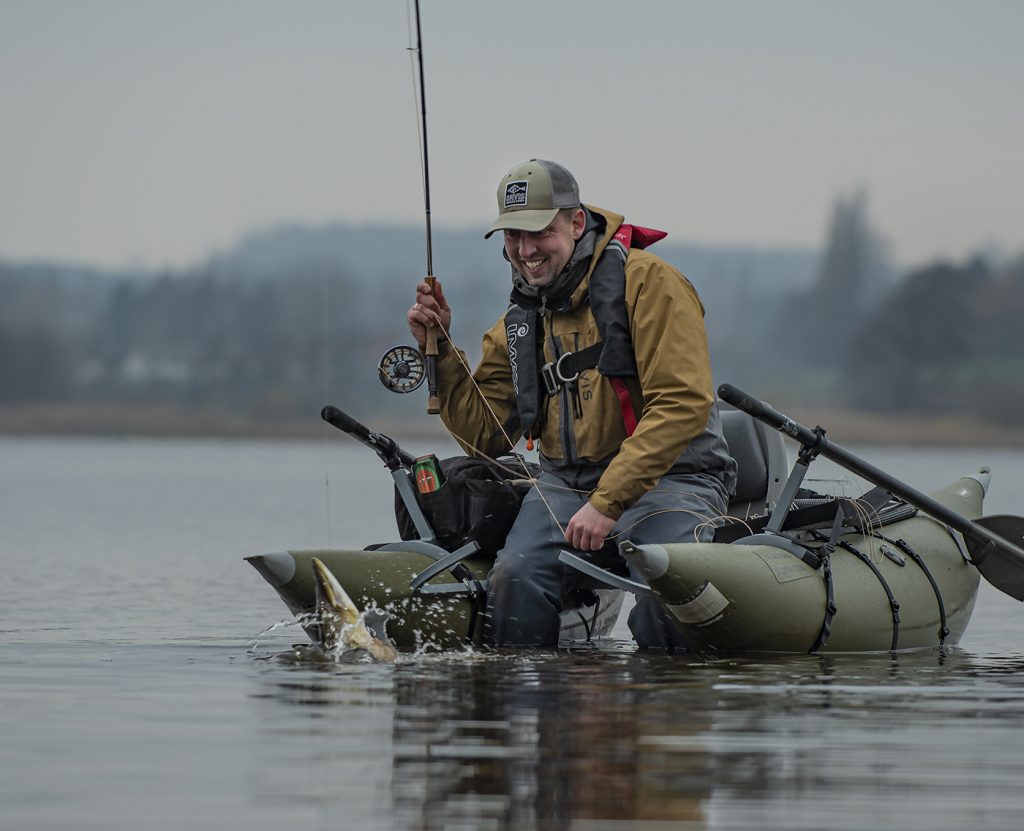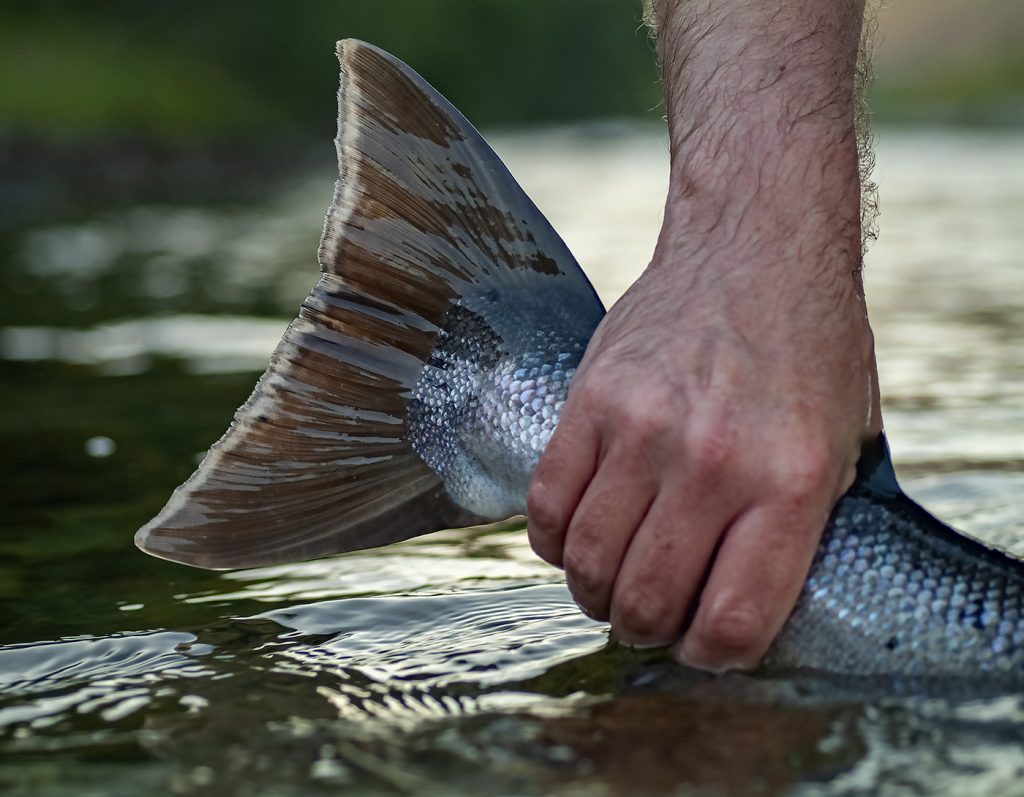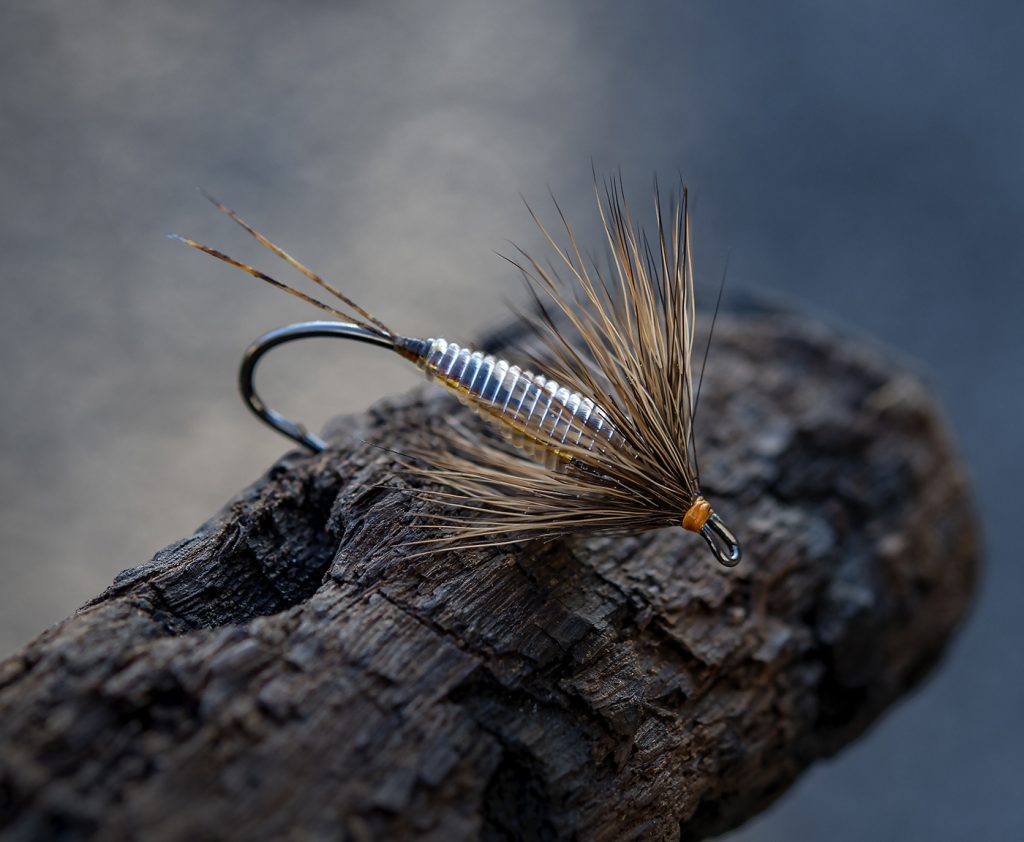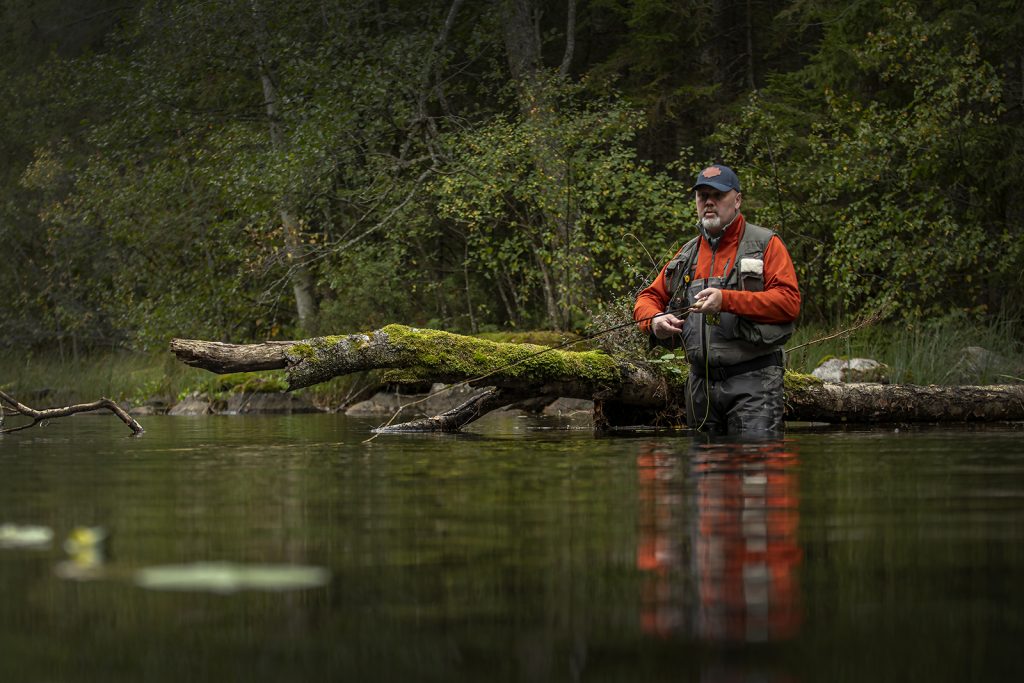
For many, the epitome of fly fishing is a fly fisherman in a river who casts his dry fly and lets it drift slowly with the current until it disappears in a small ring and a nice trout tightens the line. And for many, that’s exactly what fly fishing is. However, many people like nymph fishing, and so you face a number of challenges to get the fly to fish correctly. A floating fly is easy to follow and correct if it behaves unnaturally. A nymph that is fished below the surface is much more difficult to handle, as you cannot follow the fly’s movement in the same way. It is also difficult to know how the current moves below the surface or how the fly is affected by the stream, rocks and deep holes.
Continue reading “Weight on flies – or not?”
